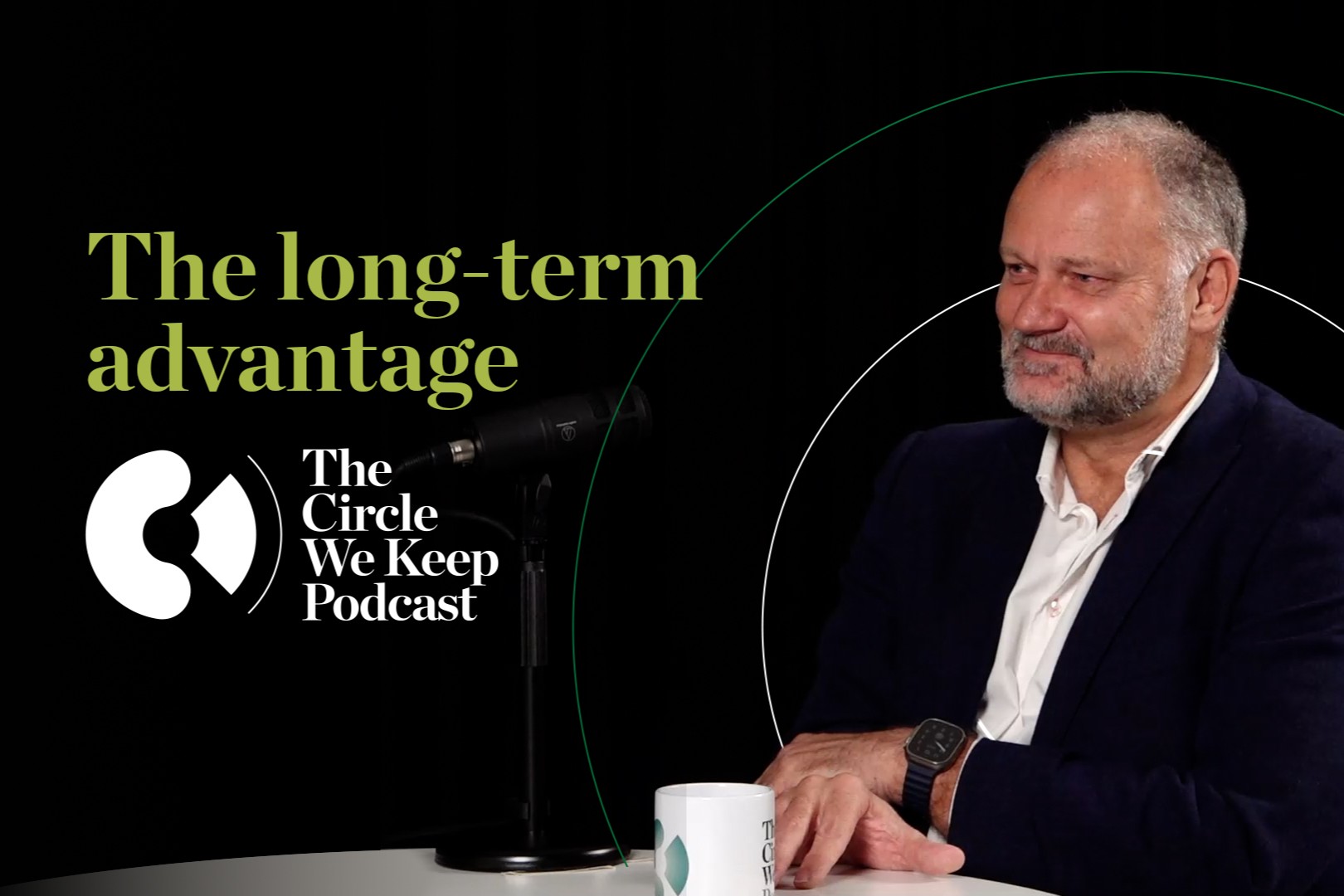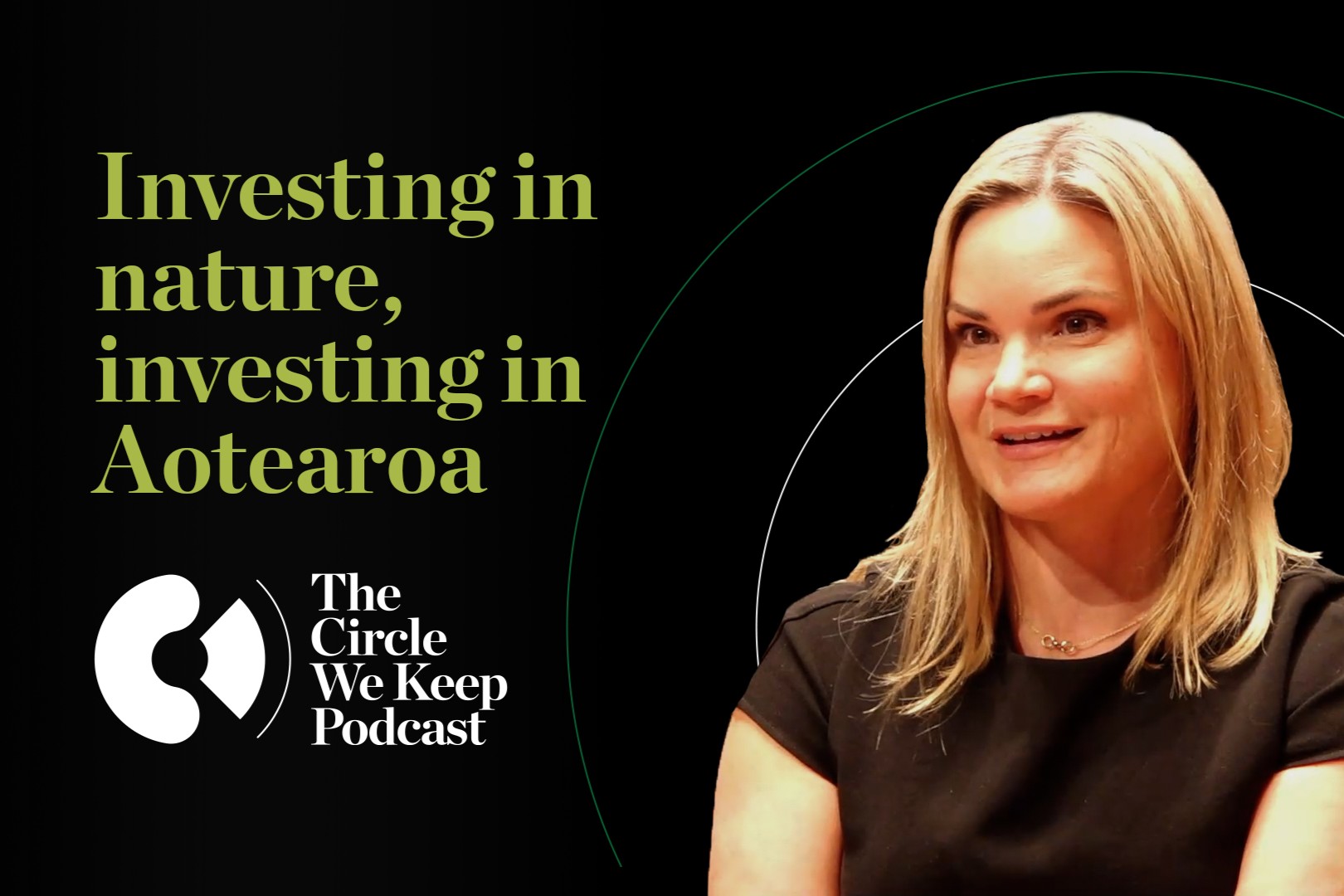By Dr. Robin Mitchell, Nature Positive
Nature underpins Aotearoa New Zealand’s identity, economy and wellbeing. Much of our financial capital creation has resulted in a drawdown of natural capital stocks, and we are now exceeding ecological limits that threaten the flows of ecosystem service benefits to business and wider society. Investing in regenerating nature is no longer a niche idea; it's a strategic, future-focused response to create resilient economies and communities.
Climate volatility, and ecosystem degradation are not isolated issues - they are interconnected challenges that demand coordinated action. Te ao Māori, western science, and most recently multilateral agreements illustrate that the climate system is a part of nature, dependent on its health and integrity.
To create a nature positive economy, we must shift from isolated projects to scaled, strategic and long-term investment. That means building a system where investment in nature is not just possible - but practical, bankable and mainstreamed.
1. Investing in Nature Is for Everyone
Investing in natural infrastructure through Nature-based Solutions (NbS) is not the exclusive domain of environmental NGOs, government agencies, iwi, or community groups. It’s for councils, insurers, banks, asset managers, farmers, infrastructure providers and all sectors of business - ultimately, for every New Zealander.
The evidence is clear: nature investment supports multiple economic outcomes - environmental, cultural, social, and financial. Our second national Emissions Reduction Plan has an NbS pillar, and our first Adaptation Plan prioritises NbS actions in several areas, but implementation is limited.
Well planned NbS protect our homes from flooding, clean our water, build resilience in land and sea-based food or fibre production, make our exports more attractive, reduce business risks and provide cost-effective carbon removals with substantial co-benefits.
Several innovative initiatives, including from Māori entities, farmer collectives and philanthropy are leading the way in developing financial models for NbS blending values-aligned finance from biodiversity and carbon markets with other sources of investment. At the same time private insurers’ parametric insurance products are beginning to put a monetary value on healthy ecosystems for their climate hazard risk-reduction benefits to built infrastructure.
To move from isolated success stories to mainstreamed change, we must foster a collective understanding that nature is a shared asset and taonga — with shared stewardship responsibilities for shared benefits.
2. We Need an Investment Architecture That Works
One of the biggest barriers to scaling investment in nature is limited enabling infrastructure. Right now, environmental data is fragmented, finance mechanisms and taxonomies are underdeveloped, and NbS investment decision frameworks are absent. This makes it difficult for both public and private actors to evaluate risk, measure outcomes, and direct capital into high-quality projects.
We need a fit-for-purpose nature investment architecture for Aotearoa — one that includes:
• Reliable, structured data on the state of nature and the services it provides
• Standardised metrics and methodologies to assess impact and investment readiness
• Clear decision-making tools that support due diligence, transparency, and trust
• A nature finance taxonomy to help investors identify which activities genuinely deliver nature-positive outcomes
There is growing international momentum around frameworks like the World Bank Nature Finance methodology, World Economic Forum Nature Finance Roadmap, the Taskforce on Nature-related Financial Disclosures (TNFD) and multiple voluntary crediting Standards. Aotearoa New Zealand can mobilise capital by adapting these global initiatives with our unique local context and creativity— including mātauranga Māori and tikanga.
3. Collaboration Is the Only Way to Scale
Scaling Nature-positive investment cannot succeed through siloed efforts. The complexity of the challenge demands that we work across sectors and worldviews — aligning the interests of all those who stand to benefit from regenerating our ecosystems and natural capital asset base.
The Aotearoa Circle has shown the power of partnership in action. From the Sustainable Finance Forum to TNFD bootcamps and engaging Directors on nature-related risk, the Circle has demonstrated how different sectors can co-design the future together.
Now, to transition to a nature positive economy, we need to scale that spirit of collaboration. That means shared data platforms, blended finance mechanisms, aligned voluntary and regulatory frameworks, and long-term partnerships. It also means creating space for indigenous leadership and community priorities in shaping solutions. At Nature Positive we are dedicated to supporting this transition.








